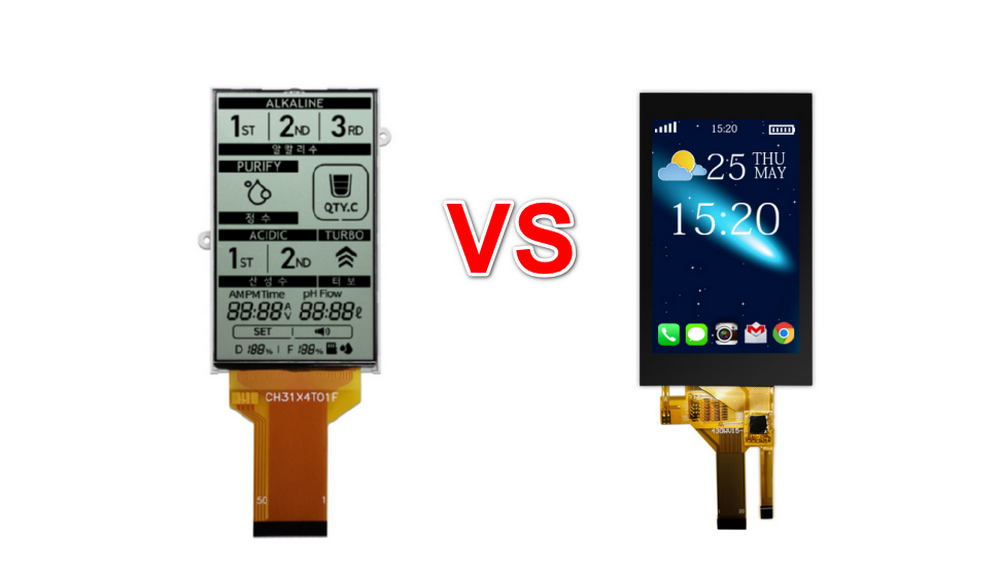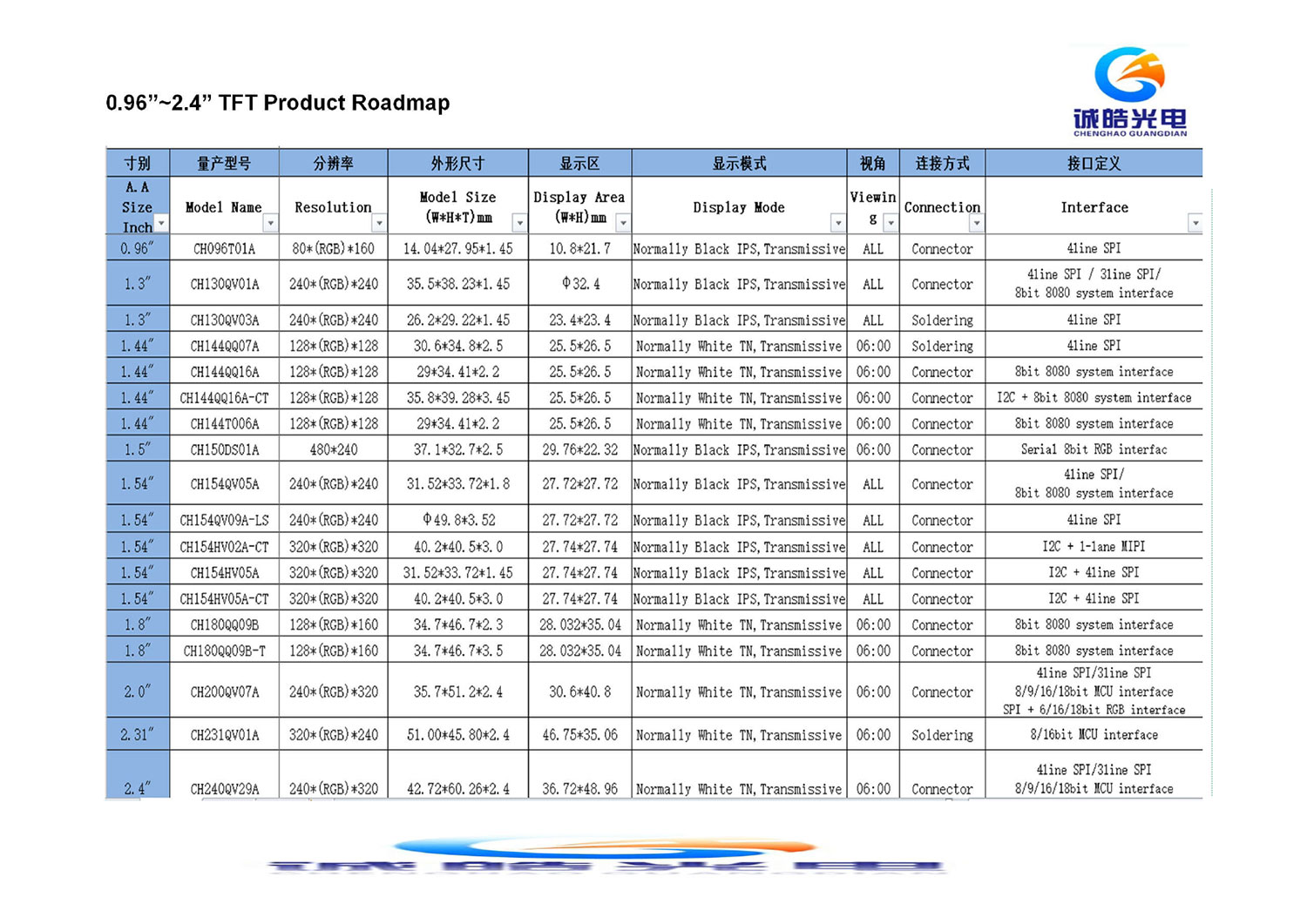The difference between monochrome LCD screen and color LCD screen
2023-11-10
Monochrome LCD screens and color LCD screens are two different types of display technologies. They have some differences in display effects, application scenarios, and working principles. This article will introduce the main differences between monochrome LCD screens and color LCD screens.

First of all, there are significant differences in display effects between monochrome LCD screens and color LCD screens. Monochrome LCD screens usually can only display one color, such as black and white, grayscale, or a single color, while color LCD screens can display multiple colors at the same time, including basic colors such as red, green, and blue, so that they can present a richer variety of colors. Image and video content.
Secondly, the application scenarios of monochrome LCD screens and color LCD screens are different. Since it can only display one color, monochrome LCD screens are usually used in some simple applications, such as e-book readers, pedometers, thermometers, etc.; while color LCD screens are widely used in mobile phones, televisions, computer monitors, advertising In devices and applications that need to display rich and colorful content, such as cards.
In addition, there are certain differences in the working principles of monochrome LCD screens and color LCD screens. The LCD screen adjusts the degree of light transmission by controlling the orientation of liquid crystal molecules to display images. In a monochrome LCD screen, the liquid crystal molecules have only one orientation, allowing only one color to be displayed. In a color LCD screen, the orientation of the liquid crystal molecules can be changed by regulating the electric field, so that images of different colors can be displayed.
In addition, there are also differences in production costs between monochrome LCD screens and color LCD screens. Since a monochrome LCD screen only needs to control one color, its production cost is low; while a color LCD screen needs to control multiple colors at the same time, so its production cost is high. This is one of the reasons why monochrome LCD screens are more common in some simple applications, while color LCD screens are mainly used in high-end applications that require high-quality image display.
In summary, there are some differences between monochrome LCD screens and color LCD screens in terms of display effects, application scenarios, working principles and production costs. The choice of LCD screen technology depends on specific application needs and budgetary considerations. With the continuous development of science and technology and the continuous innovation of LCD screen technology, monochrome LCD screens and color LCD screens may have new breakthroughs and applications in some application fields in the future. For example, as people pay attention to energy conservation and environmental protection, monochrome LCD screens may continue to play an important role in low-power applications such as e-book readers and electronic labels. Color LCD display will continue to dominate applications such as mobile devices, televisions, and computer monitors that require high-quality image display.
In addition, with the advancement of technology, new LCD screen technologies, such as quantum dot LCD screens and OLED, are also emerging and gradually replacing traditional LCD screen technology in some applications. These new screen technologies have advantages in color performance, contrast, energy consumption, etc., and may have a certain impact on the market positions of monochrome LCD screens and color LCD screens.
Generally speaking, monochrome LCD screens and color LCD screens, as two different types of display technologies, have obvious differences in display effects, application scenarios, working principles, and production costs. Choosing the appropriate LCD screen technology should be based on specific application requirements and budget considerations, while also paying attention to the development trends and application prospects of new LCD screen technologies. With the continuous advancement of science and technology, LCD screen technology will continue to evolve and innovate in various applications, bringing people a richer and higher-quality visual experience.






























































